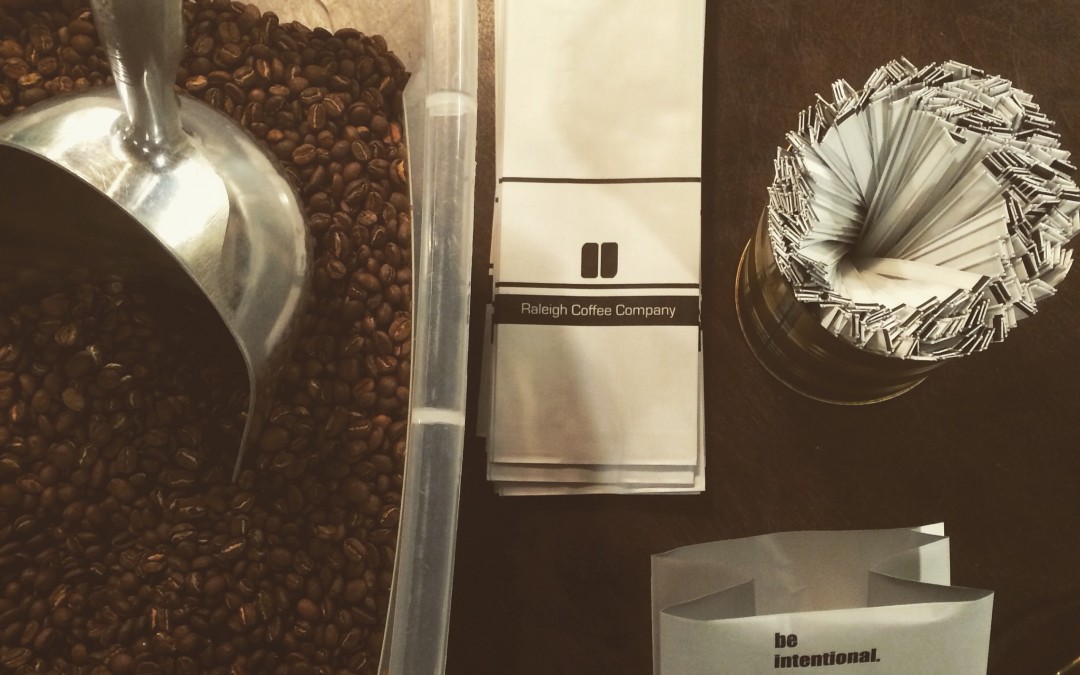Your Coffee Landscape Part (1/2…3? 4?)
Welcome back,
I’m hoping this post gets some traction because I almost want to have a series in our series (meta-series?). “Your Coffee Landscape” is what I’m referring to for the coffee political landscape, and has been a huge point of interest for me.
Take a brainstorming second and think about what goes into your coffee? Where does it come from? What may help is this: think about how many hands, or machines, have touched your coffee: roasters, factories or baristas?
I want to capture that moment in school where they make you watch the documentary about where food comes from. Food Inc. round 2? Coffee Inc?
I want to use this post to talk about the most popular coffee brands, the ones that aren’t what we classify as “specialty.” Where do they come from? What do they look like? Most importantly, where is our money going?
Firstly, this isn’t a Come-to-Craft call. As a college student and human of earth, convenience and affordability are great business models. Yet, its helpful to think about what secondary costs come to the table in what we purchase.
So putting on the (relative) objectivity hat.
I got into this research originally when writing a paper: “The Role of Media on the Coffee Rust Epidemic”. It was my Cultural Politics of Global Media course. Using my passion to write papers, I decided to hone in on popular coffee brands and see how they’re tackling issues like coffee “rust” or coffee shortages.
Turns out, it’s predominantly name-brand coffees: Folgers, Green Mountain Keurig, etc. talking about these issues on a large-scale. I’m not saying I’m surprised that these brands exist, or that they have responsibilities to their produces, customers, (shareholders). Mainly, I became curious as to what their motives could be.
Recently I saw that the Food and Agriculture Organization of the United Nations labeled coffee as the second most valuable commodity from developing countries.
Is that what’s behind the motive? Furthermore, should it be? Letting that sit for a minute, where and how our coffee is produced is at the forefront of politicized action for developing countries.
Now, not everyone enjoys politics in their morning brew (little bitter for my taste) but some strong points here are what does Fair-trade certification mean and should we be expecting it in all coffee?
But for today’s post, I want to talk a little more in-depth about these brand-name coffees, sporadically at times, but as well as those secondary costs. Hopefully this puts some back-drop on later posts too.
Starting at the top, Foldger’s was bought out from Proctor & Gamble by J.M. Smuckers Company for $3 billion dollars back in 2008. Smuckers is a predominately a processed food manufacturer with sales being mainly in jams//jellies and ice cream toppings. In 2013, Bloomberg said it was the leading coffee brand, over trending coffees such as Starbucks and Green Mountain Keurig, based on market shares.
In the 2013 results, Bloomberg also said Maxwell House was second based on market shares. Maxwell House is owned by Kraft foods. Though no one expected mac ‘n’ cheese to go well with coffee, it seems successful. This may be outdated though based on increasing popularity and proliferance of the Keurig and Starbucks.
Keurig Green Mountain, Inc. went public in September 1993, but it wasn’t until 2006 they acquired the Keurig Coffee Company. Now they’re a household name with the Keurig system with over 45 million brewers sold, 13 branded beverages, and partnerships extending to companies such as Starbucks and Dunkin Donuts.
Despite their success though, there is a rising opposition. K-cup waste has become a primary concern for a lot of their consumers. For a little comedic relief, check out Egg Studios’ “Kill the K cup” video here. For more information, National Public Radio has a follow-up. In that article, they report that Keurig Green Mountain has a self-appointed deadline for all recyclable cups by 2020, rather late considering the rate of production for these K-cups (mentioned in the
Lastly, the Green Giant, the mermaid one, because why would we talk about green beans here? What can you say bad about this organization? They spend more money on employee benefits than they do coffee. Starbucks is everywhere and they’ve been stepping up their game. As aforementioned, Starbucks is partnering with Green Mountain Keurig, they’ve also struck deals with most grocery stores and, on top of that, recently enacted some fair trade and green policies (like recyclable cups).
Yet, our preference is to keep things close. Rather than seeing the same cup around the corner, we are excited by difference and collaboration. And, for consistency in our blog posts, we think that passion innovates where as complacency doesn’t change. We can’t settle for the same coffee on every corner.
This is what’s marvelous about local craft coffee: we get variety and local collaboration. We get to even see partnerships with breweries. Raleigh Coffee Company has partnered with Deep River Brewing for coffee infused beverages, a trend taking place at Steel STring and Trophy as well. Triangle Roasters have a community too.
But the financial reality is that craft coffee will always cost more. Shipments of green coffee to small roasters are always more expensive because they’re small shipments. But.. what about places like Counter Culture Coffee and Intelligentsia? We could see bigger roasters that operate internationally soon and we have seen them on the shelves of Whole Foods and the like. We’ll talk about their business in our next “Your Coffee Landscape.”
So think about the next time you buy coffee. Also, make a political choice about Starbucks. Is this going to be something you support? Where you put your money is a political decision, something we take seriously. In the coffee game, money is our votes about what statement we’re choosing; choose carefully.


Trackbacks/Pingbacks